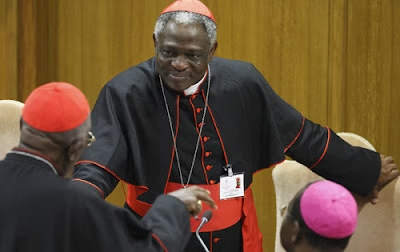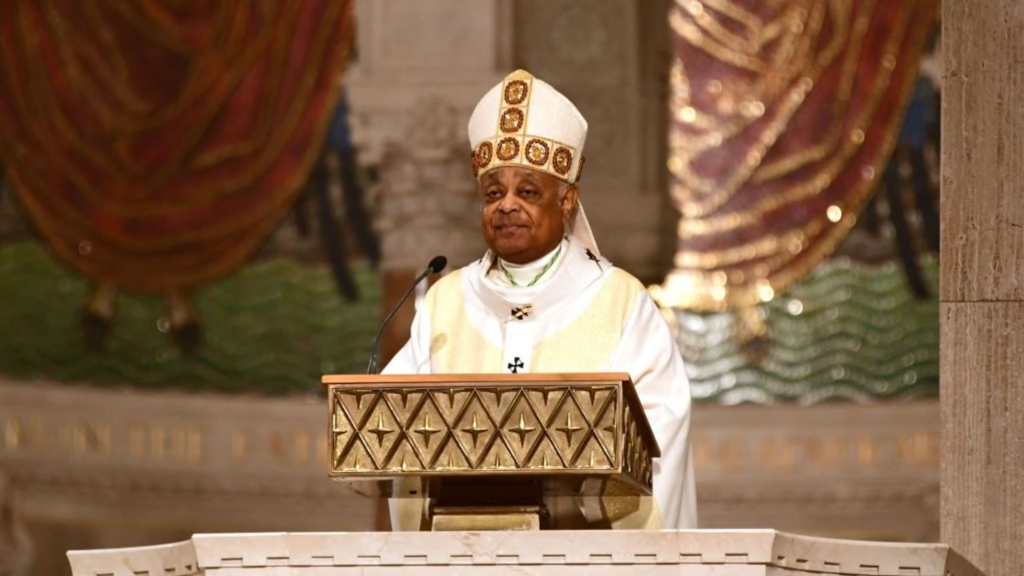The Catholic Church’s history is rich and diverse, with various popes contributing to its development. While the exact ancestry of some early popes can be subject to interpretation, Pope Victor I, Pope Miltiades, and Pope Gelasius I are indeed notable figures.

Pope Victor I (189-199)
Born in North Africa, specifically in what is now modern-day Tunisia or Libya, Pope Victor I played a crucial role in shaping the early Christian Church. His papacy focused on resolving the Quartodeciman controversy, a dispute over the date of Easter. Victor I’s leadership helped establish a unified celebration of Easter, strengthening the Church’s unity.
Pope Miltiades (311-314)
Also known as Pope Melchiades, Miltiades served as pope during a tumultuous period in Roman history. His papacy coincided with Emperor Constantine’s rise to power and the eventual Edict of Milan, which granted tolerance to Christians within the Roman Empire. Miltiades played a significant role in the early Christian Church, particularly during the Roman Empire’s persecution.

Pope Gelasius I (492-496)
Pope Gelasius I’s papacy emphasized the importance of clerical celibacy and the authority of the Bishop of Rome. He worked to maintain the Church’s discipline and doctrine, addressing various theological issues and promoting the Church’s teachings.

The Significance of Diverse Papal Heritage
The diversity of the papacy throughout history reflects the global nature of the Catholic Church. Popes from various regions and backgrounds have contributed to the Church’s growth and development over the centuries. This diversity has enriched the Church’s traditions, doctrines, and practices, shaping its identity as a universal institution.
The stories of these popes serve as a reminder of the Church’s complex and multifaceted history, highlighting the significant contributions of individuals from diverse backgrounds to the Church’s development.



